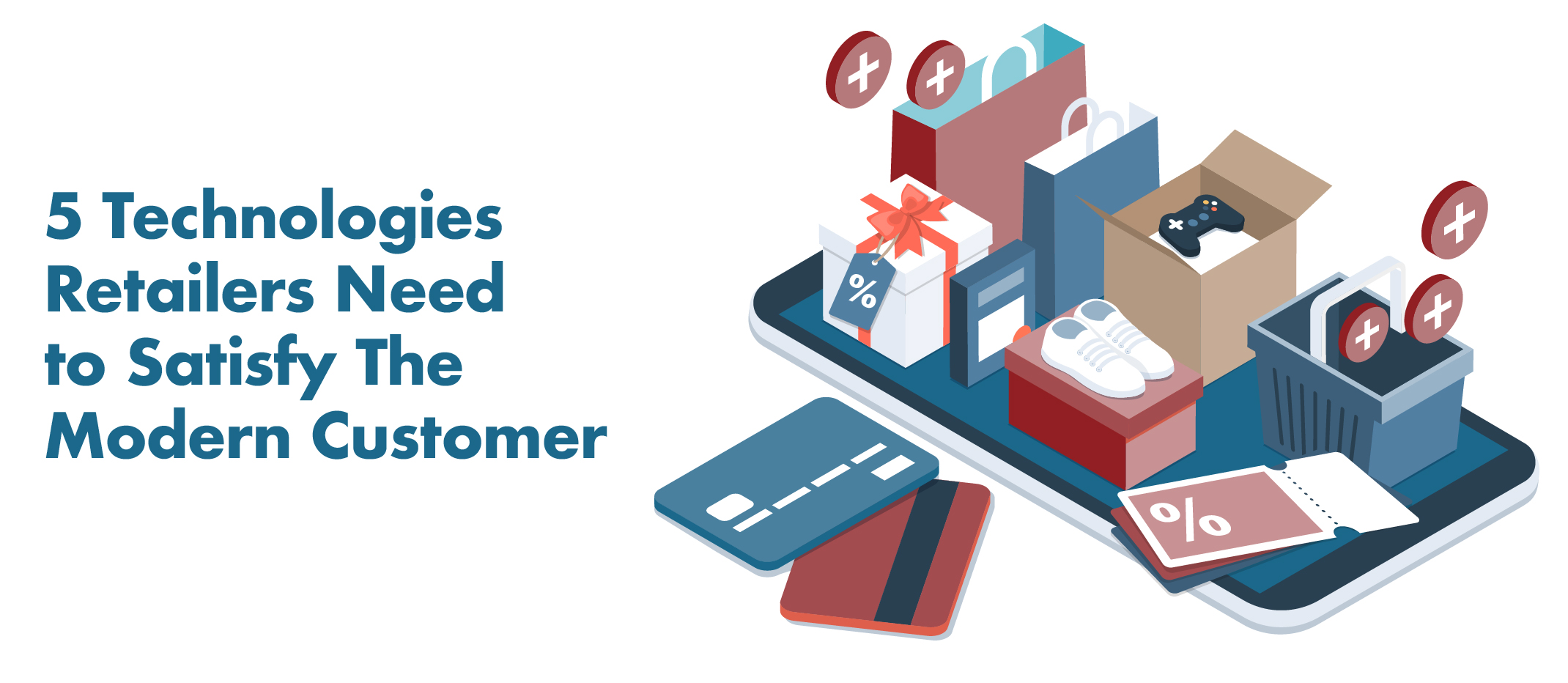
Running a store successfully means more than just selling products. It's about ensuring customers have an easy and pleasant shopping experience, whether they're in the store or online.
So, how can retailers keep their customers satisfied? Well, it starts with providing good service. When customers know what to expect and feel valued, they are more likely to keep coming back. Excellent service is not just polite; it's crucial for a store's success. Happy and well-informed customers tend to be loyal customers.
But how can retailers make shopping easier for their customers?
The answer is simple, stay updated with the latest technological trends. This means having quick and efficient checkout systems, offering various payment methods, and making it straightforward for customers to find what they're looking for in the store.
Here are five essential technologies that retailers should consider using to keep their modern customers happy:
1. Point of Sale System (POS)
Point of sale technology is essential for processing sales transactions, managing payments, and maintaining accurate records of sales and inventory. Its notable features often include touch-screen interfaces, inventory tracking, sales analytics, and integration with other systems.
Customer Satisfaction: Efficient POS systems speed up the checkout process, improving the overall shopping experience for customers. Additionally, they enable you to offer various payment options, including contactless payments and mobile money, which align with customer preferences for convenience and security.
2. E-Commerce Platform
E-commerce platforms are crucial for retailers looking to expand their online presence and reach a wider audience. They provide a digital storefront for selling products and services. Some of the modern features of this technology include a responsive design, mobile compatibility, secure payment processing, personalized recommendations, and seamless integration with social media and marketing tools.
Customer Satisfaction: E-commerce platforms allow customers to shop online 24/7, access product information, read reviews, and make purchases from the comfort of their homes or on the go, catering to the convenience and flexibility modern customers' demand.
3. Contactless Systems
Given the current emphasis on hygiene and convenience, contactless payment systems like NFC (Near Field Communication) and mobile wallets have gained popularity. Implementing these systems not only speeds up checkout but also reduces physical contact, which is important in today's retail environment.
Customer Satisfaction: Providing customers with the option to pay with contactless methods or traditional methods gives them more choice and control over their payment preferences.
4. Customer Relationship Management System (CRM)
CRM systems help you gather and analyze customer data, enabling personalized marketing, targeted promotions, and better customer engagement. This is done by intelligent algorithms that provide actionable insights, segment customer data, automate marketing campaigns, and track customer interactions across various channels.
Customer Satisfaction: A well-implemented CRM system allows you to provide tailored shopping experiences, recommend relevant products, and address customer concerns promptly, improving loyalty and long-term relationships.
5. Supply Chain Management System
Supply chain management systems are also vital for optimizing the flow of goods from suppliers to retailers and, ultimately, to customers, with their data analytics and real-time tracking to improve visibility enhance forecasting accuracy and product quality.
Customer Satisfaction: Efficient supply chain management translates to on-time deliveries, fewer out-of-stock situations, and lower costs, all of which contribute to a better shopping experience for customers.
Incorporating these technologies into your retail operations allows you to adapt to the evolving retail landscape, meet customer expectations, and remain competitive in an increasingly digital and customer-centric market.